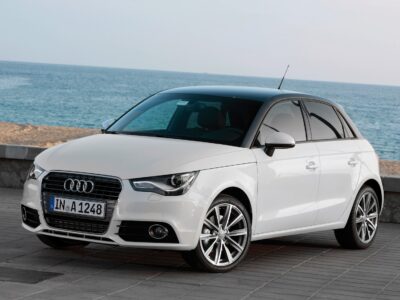
Ford Puma vs Ford Focus: Complete 2025 Comparison of Specs, Efficiency, and Performance
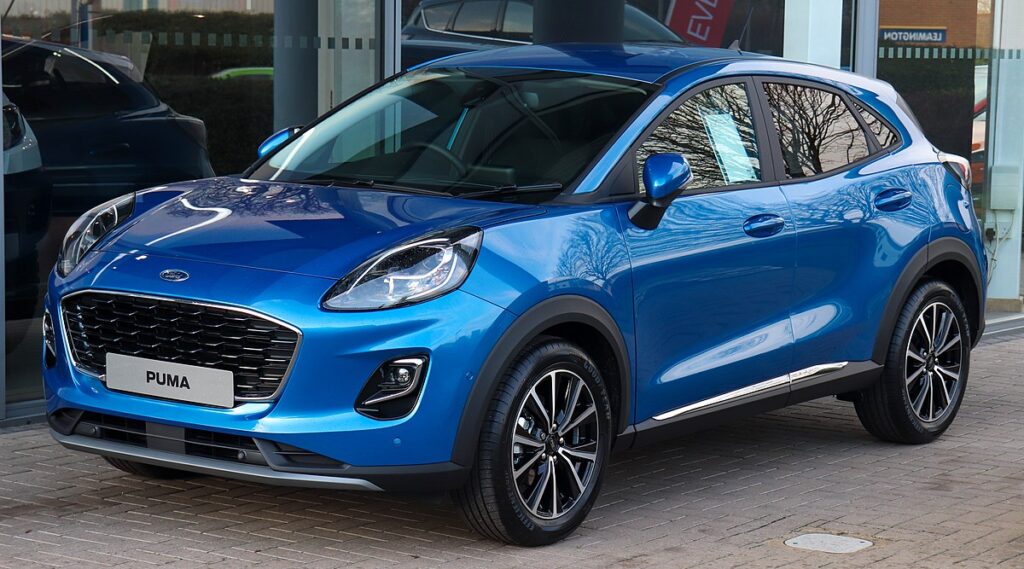
When deciding between the Ford Puma and the Ford Focus, buyers are essentially choosing between a compact SUV and a dynamic hatchback — two vehicles built on Ford’s legacy of performance, efficiency, and practicality. In this comprehensive comparison, we analyze every critical aspect — from design, engine, and technology to running costs and driving dynamics — to help determine which one truly fits your lifestyle.
- Design and Dimensions
- Interior Comfort and Practicality
- Engines and Performance
- Fuel Efficiency and CO₂ Emissions
- Transmission and Driving Dynamics
- Technology and Infotainment
- Safety and Driver Assistance
- Cargo Space and Utility
- Running Costs and Maintenance
- Pricing and Trim Levels
- Performance Comparison Table
- Fuel Economy Comparison Table
- Final Verdict: Which Ford Should You Choose?
- FAQs
Design and Dimensions
The Ford Focus maintains its sharp, aerodynamic hatchback styling with a low stance that favors agility. It measures 4,392–4,397 mm in length, 1,825–1,844 mm in width, and 1,438–1,482 mm in height — proportions that enhance stability and driving dynamics.
In contrast, the Ford Puma adopts a bold, modern SUV profile. It’s slightly shorter at 4,186–4,226 mm, with a width of 1,805 mm and a height of 1,550–1,555 mm. Its elevated ride height and sculpted design make it stand out in urban traffic while offering greater visibility.
Interior Comfort and Practicality
The Puma offers a higher driving position and improved headroom, making it ideal for families or those who prefer an SUV’s commanding perspective. Its materials feel premium, and the cabin features innovative storage — including the “MegaBox” beneath the boot floor for added utility.
The Focus, meanwhile, focuses on driver ergonomics and sporty appeal. It provides generous legroom for passengers, supportive seats, and a well-laid-out dashboard with minimal clutter, perfect for long-distance comfort.
Engines and Performance
Ford Puma
- Engine Options: 1.0L EcoBoost MHEV (Mild Hybrid)
- Power Output: 125 HP, 155 HP, or 160 HP (depending on trim)
- Acceleration (0–100 km/h): 7.4–9.8 seconds
- Top Speed: 160–210 km/h
- Torque: 170–290 Nm
Ford Focus
- Engine Options: 1.0L EcoBoost (MHEV), 1.5L Diesel, 2.3L EcoBoost
- Power Output: 115 HP to a performance-ready 280 HP in the ST model
- Acceleration (0–100 km/h): 5.7–11.8 seconds
- Top Speed: 186–250 km/h
- Torque: 170–420 Nm
If you value speed and spirited performance, the Focus ST dominates with its turbocharged 2.3L engine. However, the Puma’s hybrid system delivers smoother acceleration and better urban fuel economy.
Fuel Efficiency and CO₂ Emissions
- Ford Puma:
- Fuel Consumption: 5.4–6.0 L/100 km
- Electric Consumption (Puma Electric): 13.1–13.7 kWh/100 km
- CO₂ Emissions: 0–136 g/km
- Ford Focus:
- Fuel Consumption: 4.9–8.0 L/100 km
- CO₂ Emissions: 117–183 g/km
In real-world conditions, the Puma performs better in city driving with its hybrid efficiency, while the Focus achieves lower fuel consumption on highways.
You may be interested in reading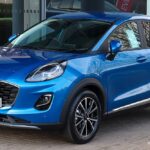 Ford Puma vs Skoda Kamiq: Ultimate SUV Comparison 2025
Ford Puma vs Skoda Kamiq: Ultimate SUV Comparison 2025Transmission and Driving Dynamics
Both models feature manual and automatic options, including Ford’s dual-clutch automatic for faster, seamless gear changes.
- Puma Handling: Agile, responsive, ideal for urban routes and tight turns.
- Focus Handling: More stable at high speeds, offering excellent cornering control and steering precision.
Technology and Infotainment
Both vehicles are equipped with Ford’s SYNC 4 infotainment system, offering:
- 8–13.2-inch touchscreen
- Apple CarPlay and Android Auto
- Over-the-air software updates
- Voice command and navigation integration
The Puma includes advanced driver aids such as adaptive cruise control, lane centering, and parking assist, while the Focus enhances the digital experience with a 12.3-inch digital cluster and connected navigation.
Safety and Driver Assistance
Both cars are rated 5 stars by Euro NCAP, integrating advanced safety features:
- Pre-collision assist with automatic braking
- Blind-spot monitoring
- Traffic sign recognition
- Lane-keeping assist
- Automatic high-beam control
The Puma also offers rear cross-traffic alert, while the Focus benefits from enhanced structural rigidity and improved crash mitigation.
Cargo Space and Utility
- Ford Puma: 456–523 L boot capacity (best in class for compact SUVs)
- Ford Focus: 392 L boot capacity
With foldable rear seats and the MegaBox storage compartment, the Puma provides a superior balance between size and versatility.
Running Costs and Maintenance
- Ford Puma: Lower overall maintenance cost thanks to its hybrid system and smaller displacement.
- Ford Focus: Slightly higher servicing costs, especially in high-performance variants.
Both models offer long service intervals (up to 20,000 km or 12 months) and come with a 2-year manufacturer warranty extendable through Ford Protect.
You may be interested in reading Ford Puma vs Skoda Kamiq: Ultimate SUV Comparison 2025
Ford Puma vs Skoda Kamiq: Ultimate SUV Comparison 2025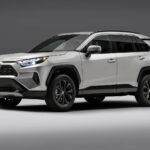 Toyota RAV4 Gas Tank Size (1994–2025): Complete Guide by Year & Model
Toyota RAV4 Gas Tank Size (1994–2025): Complete Guide by Year & ModelPricing and Trim Levels
| Model | Starting Price (€) | Top Trim (€) | Available Powertrains |
|---|---|---|---|
| Ford Puma | 30,800 | 43,200 | Petrol, MHEV, Electric |
| Ford Focus | 32,600 | 55,600 | Petrol, Diesel, MHEV |
While the Focus starts slightly higher, the Puma delivers better value for those seeking a blend of technology, design, and efficiency.
Performance Comparison Table
| Specification | Ford Puma | Ford Focus |
|---|---|---|
| Horsepower | 125–168 HP | 115–280 HP |
| Torque | 170–290 Nm | 170–420 Nm |
| 0–100 km/h | 7.4–9.8 s | 5.7–11.8 s |
| Top Speed | 160–210 km/h | 186–250 km/h |
| Transmission | Manual / Automatic | Manual / Dual-clutch Auto |
| Drive Type | Front-wheel | Front-wheel |
Fuel Economy Comparison Table
| Type | Ford Puma | Ford Focus |
|---|---|---|
| Petrol Consumption | 5.4–6.0 L/100 km | 4.9–8.0 L/100 km |
| Electric Consumption | 13.1–13.7 kWh/100 km | — |
| CO₂ Emissions | 0–136 g/km | 117–183 g/km |
| Tank Capacity | 42 L | 52 L |
Final Verdict: Which Ford Should You Choose?
- Choose the Ford Puma if you value modern SUV styling, urban maneuverability, hybrid efficiency, and innovative cargo solutions.
- Opt for the Ford Focus if you prefer high-speed performance, dynamic handling, and more powerful engine options.
For most everyday drivers, the Puma represents the future — a versatile, eco-conscious compact SUV that excels in both city and highway conditions. The Focus, however, remains the purist’s choice for driving enthusiasts.
FAQs
1. Is the Ford Puma more fuel-efficient than the Focus?
Yes, especially in city driving conditions where its mild-hybrid system optimizes fuel use.
2. Which model has more cargo space?
The Puma offers up to 523 liters — significantly more than the Focus’s 392 liters.
3. Does the Ford Focus have a hybrid version?
Yes, the Focus MHEV (Mild Hybrid Electric Vehicle) combines improved efficiency with conventional petrol power.
4. Which car is faster?
The Focus ST, with 280 HP, outperforms the Puma in acceleration and top speed.
5. Which is better for families?
The Puma’s higher seating position, superior cargo space, and safety features make it the better all-around family vehicle.
 Ford Puma vs Skoda Kamiq: Ultimate SUV Comparison 2025
Ford Puma vs Skoda Kamiq: Ultimate SUV Comparison 2025 Toyota RAV4 Gas Tank Size (1994–2025): Complete Guide by Year & Model
Toyota RAV4 Gas Tank Size (1994–2025): Complete Guide by Year & Model Toyota RAV4 Dashboard Warning Lights and Symbols (2001–2024)
Toyota RAV4 Dashboard Warning Lights and Symbols (2001–2024)If you want to know other articles similar to Ford Puma vs Ford Focus: Complete 2025 Comparison of Specs, Efficiency, and Performance you can visit the category Blog.
Deja una respuesta

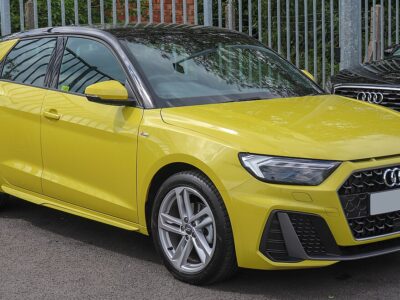

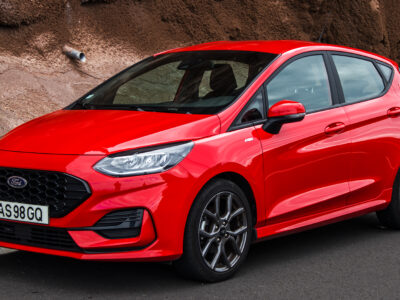
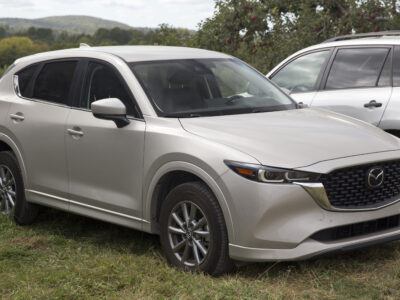
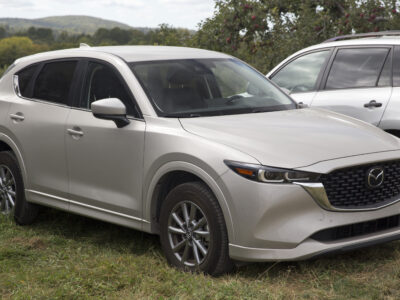
More content of your interest